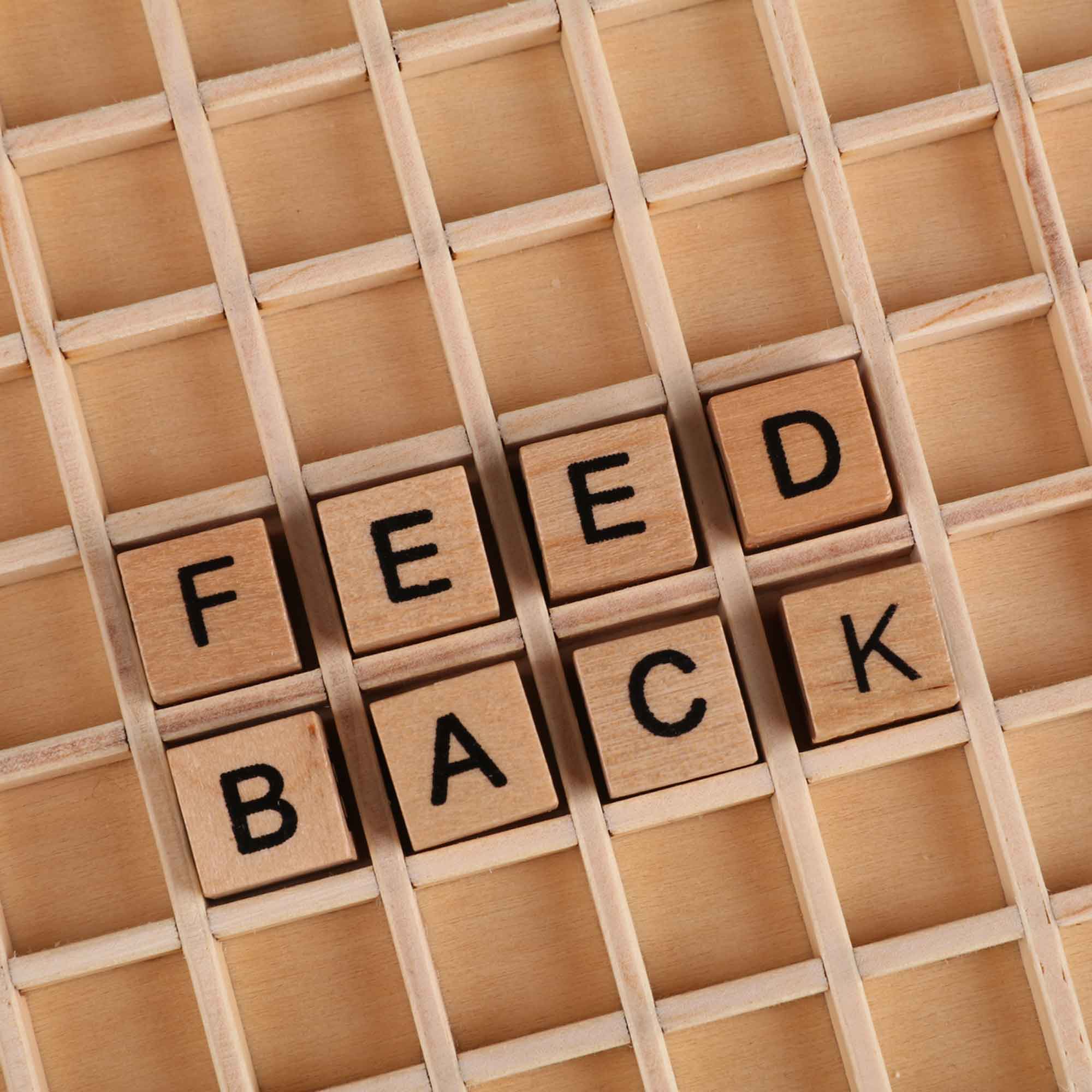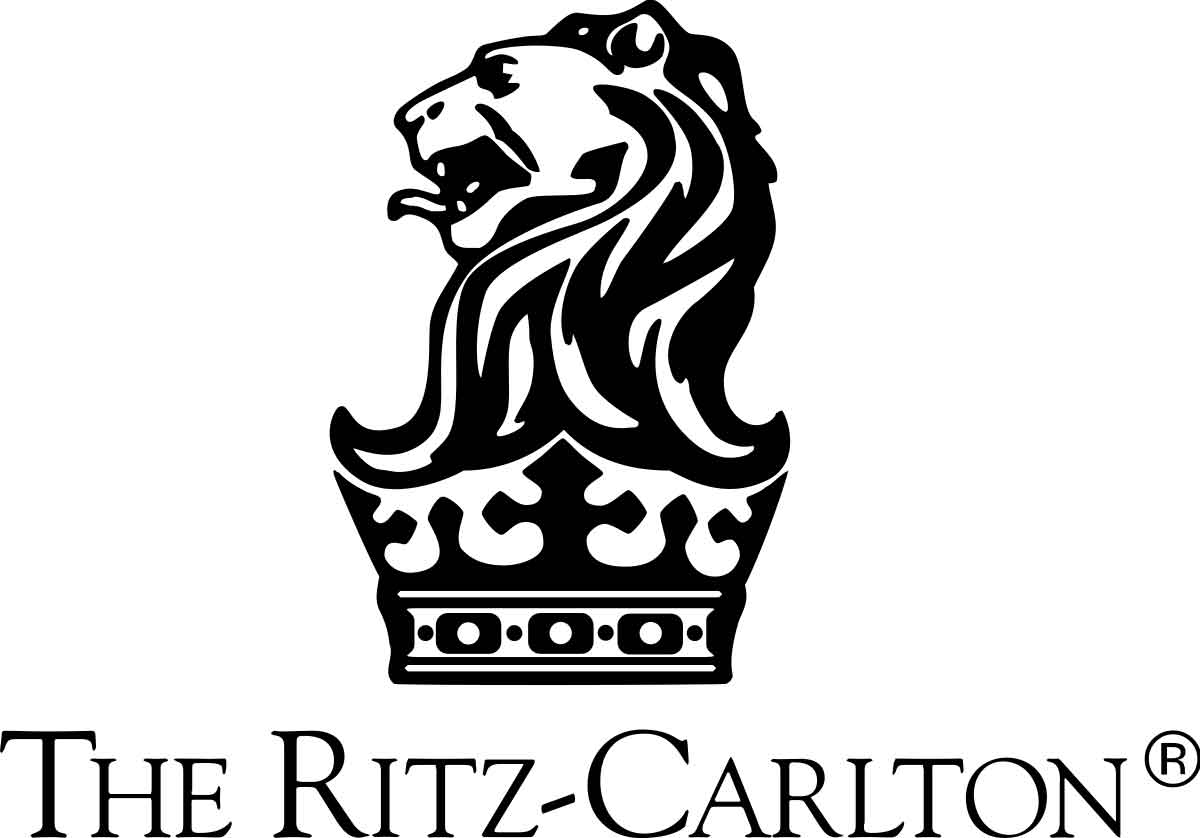June 2023
Unlocking the Secrets of Customer Feedback and Continuous Improvement
Customer feedback is an essential aspect of any business, as it provides valuable insights into the customer's experience. Understanding what your customers think about your products or services can help you improve your offerings, increase customer loyalty and enhance your brand reputation. In this post, we will explore the secrets of customer feedback and provide you with strategies for improving your business.

Photo by Ann H on Pexels
The Importance of Customer Feedback for Continuous Improvement
The first step in unlocking the secrets of customer feedback is to understand its importance for continuous improvement. When you gather feedback from your customers, you are opening the door to a world of opportunities. You can learn what you are doing well and what needs improvement. You can also identify trends and patterns that can help you make informed decisions about your business.
Real customer feedback is one of the most powerful tools in your arsenal to help you make key decisions that can make or break your business. By listening to your customers, you can identify areas for improvement, enhance your product or service offerings, and build stronger relationships with your customers. Furthermore, customer feedback can provide you with insights into your customer’s changing needs and wants, which can help you make better informed decisions, that ultimate help you deliver better customer experiences.
The Benefits of a Continuous Improvement Approach
A continuous improvement approach to customer feedback can help your business in many ways. When you adopt a continuous improvement approach, you are committing to making small, incremental changes that can have a big impact on your business over time.
Continuous improvement is a key principle of Kaizen, a Japanese philosophy. that emphasizes continuous improvement in all aspects of life, including business. The basic principle of Kaizen is that small, incremental changes can lead to significant improvements over time. Kaizen is not a one-time event or a quick fix. It is an ongoing process of improvement that requires commitment, dedication, and persistence.
Kaizen is based on the belief that every employee in an organization has a role to play in improving the business. It is not just the responsibility of management or the quality department. It is everyone’s responsibility. Every employee is encouraged to identify areas for improvement and to make suggestions for how to improve.

Photo by fauxels on Pexels

Photo by Brett Jordan on Unsplash
How Businesses Can Implement a Continuous Improvement Approach
Any business, large or small, can implement Kaizen for customer feedback by adopting a continuous improvement approach. This involves regularly collecting customer feedback, analyzing it, and making small, incremental changes to your business based on the insights you gain. By adopting a Kaizen approach to customer feedback, you can continuously improve your business and enhance customer satisfaction, retention and brand loyalty.
One way that any businesses can implement continuous improvement is to create a culture for customer feedback. This involves encouraging all employees to identify areas for improvement and to make suggestions for how to improve. Improvements can be found in all facets of a business. While the focus should be on how customers feel about your products and services, employees and partners contribute to the overall customer experience too. Don’t ignore all stakeholders involved in your business. By involving all employees in the process of continuous improvement, you can create a sense of ownership and accountability, which can lead to better results and better customer experiences.
Strategies for Analyzing and Acting on Customer Feedback
Analyzing and acting on customer feedback is essential for continuous improvement. Without analyzing customer feedback, you cannot identify areas ripe for improvement, and without acting on it, you cannot make the necessary changes to improve your business. There are several strategies for analyzing and acting on customer feedback, including:
- Categorizing feedback: Group similar feedback together to identify trends and patterns.
- Prioritizing feedback: Focus on the feedback that has the biggest impact on your business.
- Setting goals: Use customer feedback to set specific, measurable goals for your business.
- Creating an action plan: Develop an action plan that outlines the steps you will take to address the feedback.
Best Practices for Responding to Customer Feedback
Responding to customer feedback is an essential part of the feedback process. It shows that you value your customers' opinions and are committed to improving your business. There are several best practices for responding to customer feedback, including:
- Respond promptly: Respond to customer feedback as soon as possible.
- Be empathetic: Show empathy and understanding for the customer's experience.
- Offer solutions: Provide solutions and options for how to address the feedback.
- Follow up: Follow up with the customer to ensure that their issue has been resolved.
Conclusion: The Power of Customer Feedback for Small Business Success
In conclusion, customer feedback is a powerful tool for business success. By collecting, analyzing, and acting on customer feedback, you can continuously improve your business, enhance customer loyalty, and build a stronger reputation. Adopting a Kaizen approach of continuous improvement to customer feedback can help you make small, incremental changes that can have a big impact on your business over time. By following best practices for responding to customer feedback and measuring the effectiveness of your strategies, you can ensure that your business is always moving forward.
Unveiling the Secrets of Spectacular Customer Experience: Lessons from The Ritz-Carlton

Former President and COO of Ritz-Carlton, Horst Shulze has been a long-time advocate of providing a world-class customer experience. From his point of view, a business must do 4 things to be successful:
- Keep the guests you have
- Find new guests
- Maximize revenue per guest
- Improve efficiency
LoyaltyLoop has the tools to help your business check all 4 of Shulze’s keys to success. In this article we’ll show you how.
#1 Keep the guests you have!
LoyaltyLoop’s first goal is to engage your customers for feedback. The Net Promoter Score question allows you to identify whether your customer can be considered a Promoter, Passive or Detractor of your brand. For an in depth look at NPS, click here. When a customer registers as a “passive” on the scale you have an opportunity to build loyalty. Depending on your business there are several strategies that can help build that loyalty.
Personal Touch: Consider reaching out to the customer with a handwritten note or phone call thanking for them choosing your business and offering assistance or instructions on the support your team offers.
Scheduled reminders: Does your customer require recurring service or a purchase? Let’s steal a page from the dentist office and take the burden of remembering and planning off our customers’ shoulders.
Incentivize: Is a personal post-sale contact unrealistic for your business? An email or direct mail “customer appreciation” discount could be a tool to show your commitment to a long business relationship and foster a repeat business behavior. You could even send a campaign in your LoyaltyLoop account to easily engage your passive customers!
#2 Find New Guests
Through LoyaltyLoop you have several tools to help you find new guests or customers. First, and the most direct approach, is to ask your customers for referrals in your survey. With LoyaltyLoop's survey logic, we’ll engage your customers who identify as “Promoters” on the Net Promoter System scale for referrals. These are happy customers referring their friends and colleagues to your business. The next tool is the online review ask. LoyaltyLoop will ask your customers to leave reviews on review sites such as Google. These reviews help improve your local SEO, as well as help you build trust with prospective customers before any interactions begin. 90% of consumers turn to online reviews before making a purchase decision.
Here's a strategy within LoyaltyLoop to find new guests. Consider running a referral ask campaign once a year leading up to or coming out of “peak” season to customers that have identified as “Promoters”.
Subject: Sharing is Caring!
Body:
Thank you for choosing us to help with your needs! We’re honored to work with you and would like to work with more customers like you! If you have any friends, family members or co-workers who could use our services please forward this email to them!
#3 Get as much money from your guests as you can BECAUSE YOU PROVIDE VALUE
That phrasing may sound a little harsh, but the goal is to increase your share of your customers' wallet. Why should a competitor win their business when they love working with you? One of the most frustrating ways to lose a customer is when they turn to a competitor for a product or service you could have helped them with. LoyaltyLoop is a great resource to make sure your customers are aware of the services you provide and will even help you identify who wants/needs your help in other areas.
With LoyaltyLoop you can ask your customers “What other products/services would you like to learn more about?” Here you can curate a list of products and services your customer may not have been aware you can help them with or they were to focused on their original purchase decision to consider at that time. With LoyaltyLoop you don’t have to guess what products and services each customer might be interested in…they will tell you!
#4 Improve Efficiency
From Horst Shulze’s perspective, businesses often confuse “cutting costs” with improving efficiency. LoyaltyLoop allows you to pinpoint your customers’ pain points. This gives you a great competitive advantage! First, you and your team can identify areas to improve processes concerning the customer experience trends. Customer experience pain points don’t only affect the customer…. they often include wasted time “chasing fires” and emotional stress on your workforce.
You also have the ability to see how your customers react to changes you make in the pursuit of efficiency. Perhaps on the surface using a new supplier to cut costs may appear to be a smart business decision, but if the end product or service experience suffers as a result of this change, you need to know! Consider adding a question to your LoyaltyLoop survey asking specifically about the change. Remember, you can always make updates to your survey by reaching out to our support team: 888-552-5667 (option 3) or support@loyaltyloop.com.
The Art of Customer Feedback: Mastering the Balance between Convenience and Timing
People today are busier than ever (and less willing) to provide customer feedback. How do you gather customer feedback in the most convenient, effective way in order to increase customer feedback rates? The answer sounds easy – by providing the simplest feedback option at the right time. In our blog this month, we are looking at how to take this easy answer and implement it effectively for your business.
Why Collect Feedback?
Collecting customer feedback is an important part of running any business. Gone are the days when customers walked down Main Street to visit specialized shops that each served their own purpose (think the butcher, the baker, and the candlestick maker). Today there is major competition facing every business, so understanding your customer and tailoring their experience is more important than ever.
What are the Barriers to Collecting Feedback?
According to Daniel Sullivan in this CMS Wire article, there are many reasons why businesses fail to collect customer feedback, and it all comes down to the customer’s decision whether to provide feedback or not. They might have privacy concerns, feel they don’t have the time, or they just don’t think it will make any impact. Sullivan says that the most effective customer feedback requests are customized and convenient for that customer.
Customer Experience (CX) is King
Each customer’s customer journey is different, so it makes sense that their customer feedback cycle would be as well. Keep in mind each customer’s convenience and concerns as you build your customer feedback processes. Stay flexible in your customer feedback collection options and tailor them to customer segments. Brainstorm the different ways your customers like to engage with you – some may prefer email communications while some may prefer other methods like SMS (texting). If your product includes an app or dashboard, some customers will be more effectively reached there. Social media listening, though harder to quantify, is another option to collecting customer feedback.
Click here to read more on this topic from CMS Wire, including the role of AI is customer feedback.

Photo by Elena Mozhvilo on Unsplash